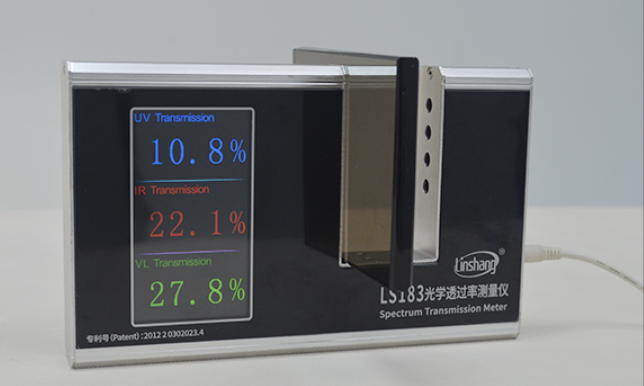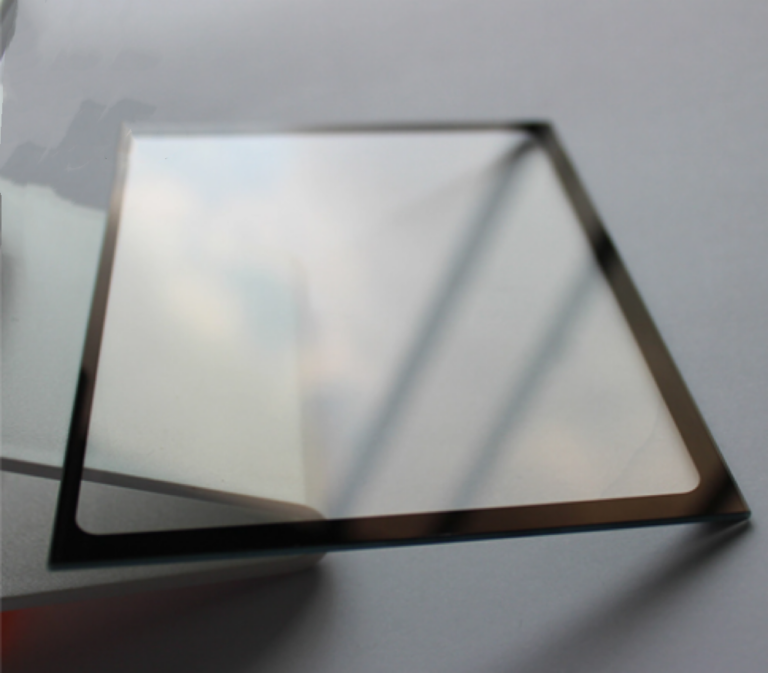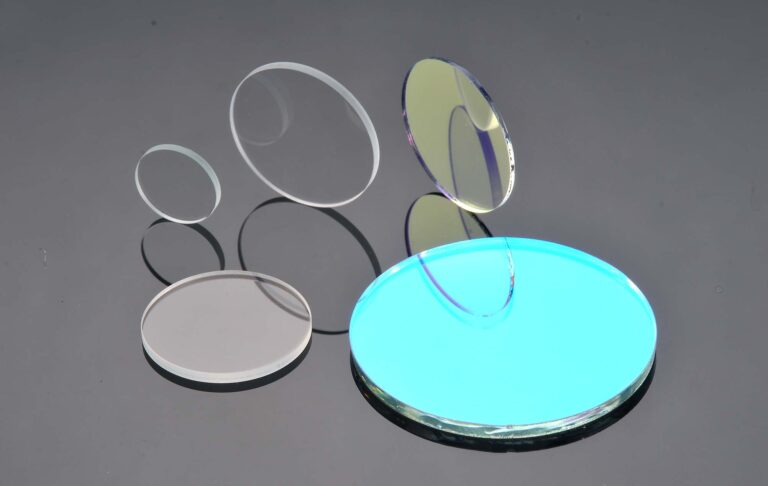
When selecting anti-fingerprint (AF) glass for your product, several factors need to be considered to ensure that the chosen glass meets the functional requirements and enhances the user experience. Here’s a guide to help you make the right choice:
1. Determine the Application
Understanding the primary use of your product is crucial. Is it a consumer electronic like a smartphone or tablet, a display for public use, or perhaps something that will be used in harsh industrial environments? Different applications may require different levels of durability and resistance to fingerprints.
2. Evaluate the Coating Properties
Oleophobic and Hydrophobic Quality: Assess the quality of the oleophobic and hydrophobic properties. Higher-quality coatings will provide better resistance to fingerprints and smudges and will require less frequent cleaning.
Thickness and Uniformity: Ensure that the coating is evenly applied and of the optimal thickness. Uneven coatings can lead to patchy resistance across the glass surface.
Durability: The longevity of the coating under regular use is important. Consider how the AF coating will hold up against repeated touch, cleaning, and environmental factors.
3. Consider the Glass Strength
The underlying glass should be strong enough to support the coating and the intended use. Tempered glass or gorilla glass options may be necessary for high-impact environments to prevent cracks and scratches that can undermine the AF coating’s effectiveness.
4. Optical Clarity
The AF coating should not compromise the glass’s transparency. High optical clarity is essential for devices where screen readability is paramount.
5. Touch Sensitivity
For touchscreens, the AF glass must not impede the touch sensitivity of the device. Make sure the responsiveness is not affected by the coating.
6. Compatibility with Other Protective Features
If your product requires additional protective features, like anti-glare or privacy filters, ensure that the AF glass is compatible with these elements.
7. Manufacturer Reputation and Warranty
Choose a reputable manufacturer known for quality AF glass products. Additionally, look for warranties or guarantees that provide assurance about the coating’s durability.
8. Cost Considerations
Balance the cost of the AF glass with the benefits it brings. More expensive options may offer better performance and longevity, which could be more cost-effective in the long term.
9. User Experience Feedback
If possible, gather feedback from users regarding their experience with different types of AF glass. Real-world usage can provide insights into the effectiveness and durability of the coating.
10. Regulatory Compliance
Ensure that the AF glass meets any regulatory standards required for your product’s market, such as safety certifications or environmental impact assessments.
By carefully assessing these factors, you can choose the right AF glass that provides the desired level of fingerprint resistance, maintains the aesthetic and functional integrity of your product, and improves the overall user experience.






